Few things unsettle a pet owner more than seeing their loyal companion scratch, lick, and whine, day and night, all because of relentless allergies. It feels even worse when nothing seems to soothe their suffering. For many, discovering pet organic food has brought hope and, in some cases, dramatic relief. Fresh, natural ingredients, fewer chemicals, and whole foods can change the lives of sensitive dogs and cats. Let’s explore how an organic diet might be the solution for pets struggling with allergies.
Understanding the Roots of Pet Allergies
Allergies in pets often stem from specific proteins in their food. Chicken, beef, dairy, and even some grains can spark the immune system to overreact. This can cause symptoms such as red, inflamed skin, upset stomach, and sudden mood changes.
Beyond food, allergens can also stem from the environment. Pollen, dust mites, or mold sneaking in through an open window may worsen symptoms, creating a vicious cycle.
Exciting new findings link gut health and a balanced microbiome to fewer allergy attacks. When the gut’s healthy bacteria are disrupted—often by poor-quality diets—pets become more susceptible to inflammation and allergic responses. In short, what you feed your pet can significantly impact how their body responds to potential allergens.
Why Choose Pet Organic Food for Allergy Management

Pet organic food stands apart because it starts with strict sourcing. Certified organic pet food relies on clean, minimally processed ingredients. Meat, grains, and vegetables come from farms that avoid the use of synthetic pesticides, hormones, and antibiotics. This reduces the chances your pet will react to hidden residues or harsh chemicals.
Organic diets eliminate many unnecessary fillers, dyes, and artificial flavors. The recipes often use a short list of quality proteins and simple, easily digestible carbohydrates. This simplicity means there’s less for your pet’s immune system to fight, helping lower the odds of triggering an allergy.
The Hidden Risks in Conventional Pet Foods
Conventional pet foods often reach store shelves containing mystery meats, artificial colors, and cheap grain fillers. Many brands rely on a mix of low-grade proteins, which can confuse the immune system and increase the chance of a reaction. Chemical preservatives help keep food fresh, but also contribute to your pet’s daily chemical burden.
Synthetic pesticides and non-organic farming practices have also raised concerns. These residues, although small, can accumulate, especially for pets that eat the same food daily. Exposure to these additives and chemicals has been linked to more frequent allergy flares and digestive issues in pets. For more information on these risks, refer to this helpful guide on the benefits of feeding your dog natural pet food.
The Organic Advantage: Fewer Allergens and Cleaner Nutrition
When you switch to a pet organic food diet, you remove many triggers found in conventional formulas. You get meals built on single-source proteins—think organic turkey or lamb—along with whole vegetables and healthy fats.
Organic diets skip artificial preservatives, flavors, or cheap starches. The focus shifts to fresh, nutritious foods that are less likely to aggravate the immune system. For dogs and cats that battle chronic allergies, this cleaner approach can mean fewer flare-ups and calmer skin.
Some pet owners report a shinier coat and more settled digestion in just weeks. The Benefits of Organic Fresh Dog Food for Your Pup reviews how fresh, organic meals can support your pup’s overall well-being and energy.
Pet Organic Food Success Stories: Easing Allergy Symptoms Naturally
Stories from pet owners often capture the emotional payoff of choosing organic. A Labrador with raw patches along her belly began to heal after three weeks of organic meals. Her itching calmed, her fur softened, and she finally slept through the night.
A Siamese cat prone to vomiting surprised her family by finishing every bowl without stomach drama after a careful switch to an organic, grain-free recipe. These turnarounds are not unusual for families who’ve struggled with frustration and worry.
Beyond the anecdotes, some research supports these findings. Pets on an organic diet have shown lower rates of allergic symptoms, better digestive health, and more stable moods. Their stories bring hope and a reassuring reminder that small changes—like improving food quality—can have a lasting impact.
Practical Tips for Transitioning to a Pet Organic Food Diet
Switching to an organic pet food diet can feel daunting, but breaking the process into manageable steps helps. Here’s how to make the transition smooth for both you and your furry friend:
- Start by reading labels and understanding the ingredient list.
- Consider an elimination trial to find the foods that trigger allergies.
- Introduce new food gradually by mixing increasing amounts with the old food each day throughout one to two weeks.
- Watch for improvements or setbacks. Keep notes on skin, digestion, and behavior.
- Partner with your veterinarian to receive tailored support, especially for pets with challenging allergies or sensitive needs.
Reading Ingredients: What to Look for in Pet Organic Food
Not all labels tell the whole story. Look for trusted organic certification marks, like USDA Organic or similar standards in your region. These stamps indicate that the ingredients have undergone rigorous third-party testing.
Focus on foods with clear, limited ingredient lists. Protein sources should be named and traceable. Bonus points for transparency about the farm or supplier. Choose products that steer clear of vague terms like “meat meal” or “animal by-product.”
Managing the Transition and Tracking Improvements
A gradual shift prevents stomach upset and helps you catch new sensitivities before they blossom. Use a simple transition schedule: start with 25% organic food for two days, then gradually increase to a 50-50 mix. Aim for a complete switch within ten days.
Keep a daily symptom diary. Note any changes in itching, coat softness, energy levels, and bathroom habits. This log will be invaluable if you need to adjust the diet or discuss options with your vet.
Complementary Natural Remedies to Support Allergy Relief
In addition to pet organic food, gentle natural remedies may help manage allergy symptoms. Omega-3 fatty acids, often from fish or flaxseed oil, support skin health and reduce itchiness. Probiotic supplements enhance gut flora and can fortify the immune system.
Specific herbal options, such as chamomile or licorice root, can help ease inflammation; however, always consult with your veterinarian before adding herbs to your pet’s routine. Regular baths, hypoallergenic shampoos, and maintaining clean living spaces all play a part. For more ideas, see a roundup of 12 natural remedies for pet allergies.
Daily care and an organic, wholesome diet may finally tip the balance toward healthier, happier days.
Conclusion
No pet should suffer from endless scratching, upset stomachs, or restlessness. The proper diet often holds the key. Pet organic food, with its commitment to pure ingredients and honest nutrition, supports the body’s natural defense against allergies. Small steps—such as reading labels, making slow transitions, and open communication with your veterinarian—lead to real relief. By choosing organic, you offer not just food, but comfort and peace to your cherished friend. Take the first step today, and you could soon see a happier, healthier pet greet you at the door.




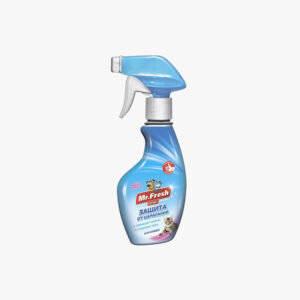
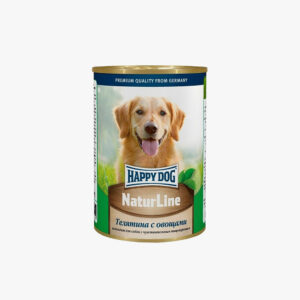
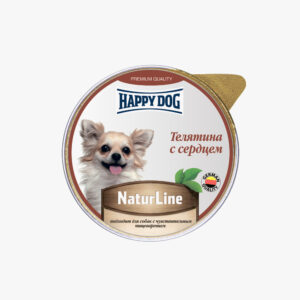
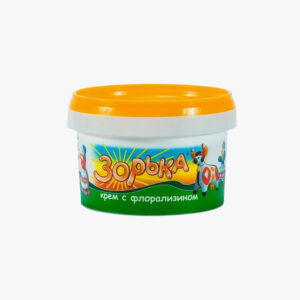
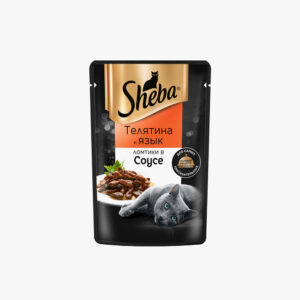
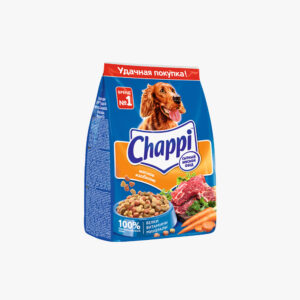
 Petstages Fresh Breath Mint Stick Cat Toy
Petstages Fresh Breath Mint Stick Cat Toy